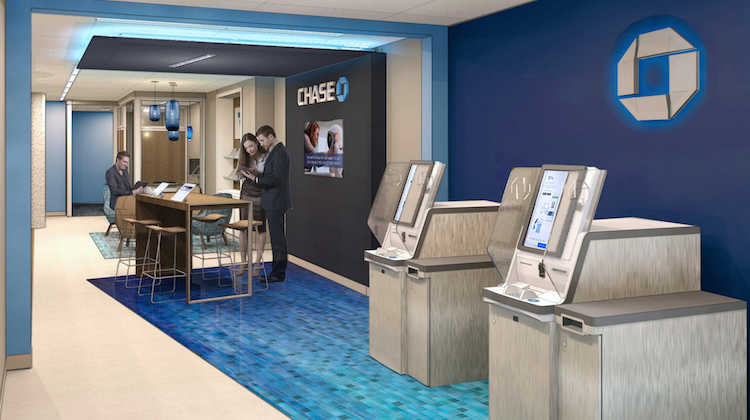The Customer Effect
Chase is rolling out advice-driven ‘Express’ branches next month
- Millennials prefer to have conversations about long term financial goals, so Chase is transforming previously transactional branches into dedicated spaces for advice
- Banks may start bringing wealth management into the retail strategy with the younger generation customers, who will be the recipients of Baby Boomers’ funds








